For most people from mainland regions of the world, Indonesia is primarily associated with the resort island of Bali. However, Bali is only one of the many provinces in this diverse country. The most densely populated island, in fact, is Java. Let’s take a closer look at what Java has to offer.

Java is divided into three provinces and two special regions:
1. East Java (Jawa Timur)
2. Central Java (Jawa Tengah)
3. West Java (Jawa Barat)
4. Special Capital Region of Jakarta
5. Special Region of Yogyakarta
The island’s landscape is mostly mountainous, with plains and endless rice fields found mainly in Central Java. Exploring Java, one of the largest islands in the Indonesian archipelago, is fascinating regardless of budget—and there’s much more to see beyond the well-known Ijen volcano.
Getting There
How you reach Java depends on your starting point and the area where you plan to start exploring. Located between the Java Sea and the Indian Ocean, Java sits between Sumatra and Bali.
If you’re on Bali and want to start your journey on Java from the east, you have several options:
1. Drive your own vehicle: Confident drivers can take a ferry from Gilimanuk (West Bali) to Ketapang (East Java) and continue exploring by car or motorbike. If you’re renting, check with the owner about any necessary travel documents.
2. Bus Travel: Affordable bus services (200,000–300,000 IDR per person) can take you from Bali to major cities in Java, including a ferry crossing. You can buy tickets at bus terminals to travel between major cities on the island.
3. Railway Adventure: Java has an extensive and well-developed railway system with Indonesia Railways (KAI). Tickets are available online (via ticket kai website or ticket.com, platforms like Tokopedia) or offline at stations and stores like Indomaret and Alfamart. For example, a ticket from Banyuwangi to Malang, a popular destination in East Java, costs only 62,000 IDR. The railway map can be found here.
4. Flying: From Denpasar Airport, direct flights are available to Jakarta, Surabaya, Semarang, Surakarta, and Yogyakarta. This is a quick, reasonably priced option, especially for international travelers.
Must-Visit Places
1. Malang and Batu: Among the island’s most popular resort areas, ideal for hiking, ecotourism, agritourism, or relaxation.
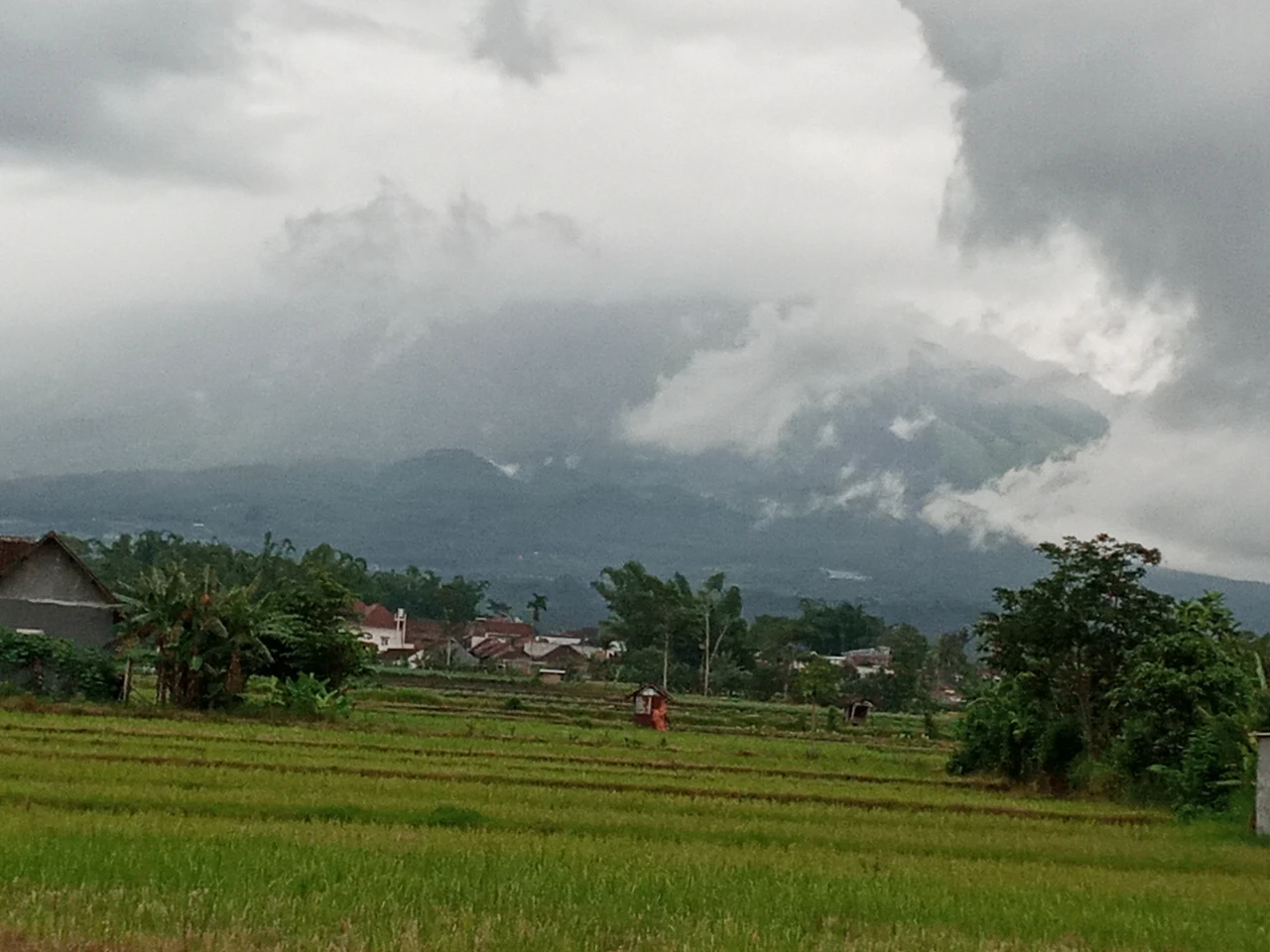
2. Surabaya and Madura Island: Surabaya, the capital of East Java, offers bustling shopping malls and green avenues, with the iconic Suramadu Bridge linking it to Madura Island. Madura is famous for its sweet durians and hand-made batik.
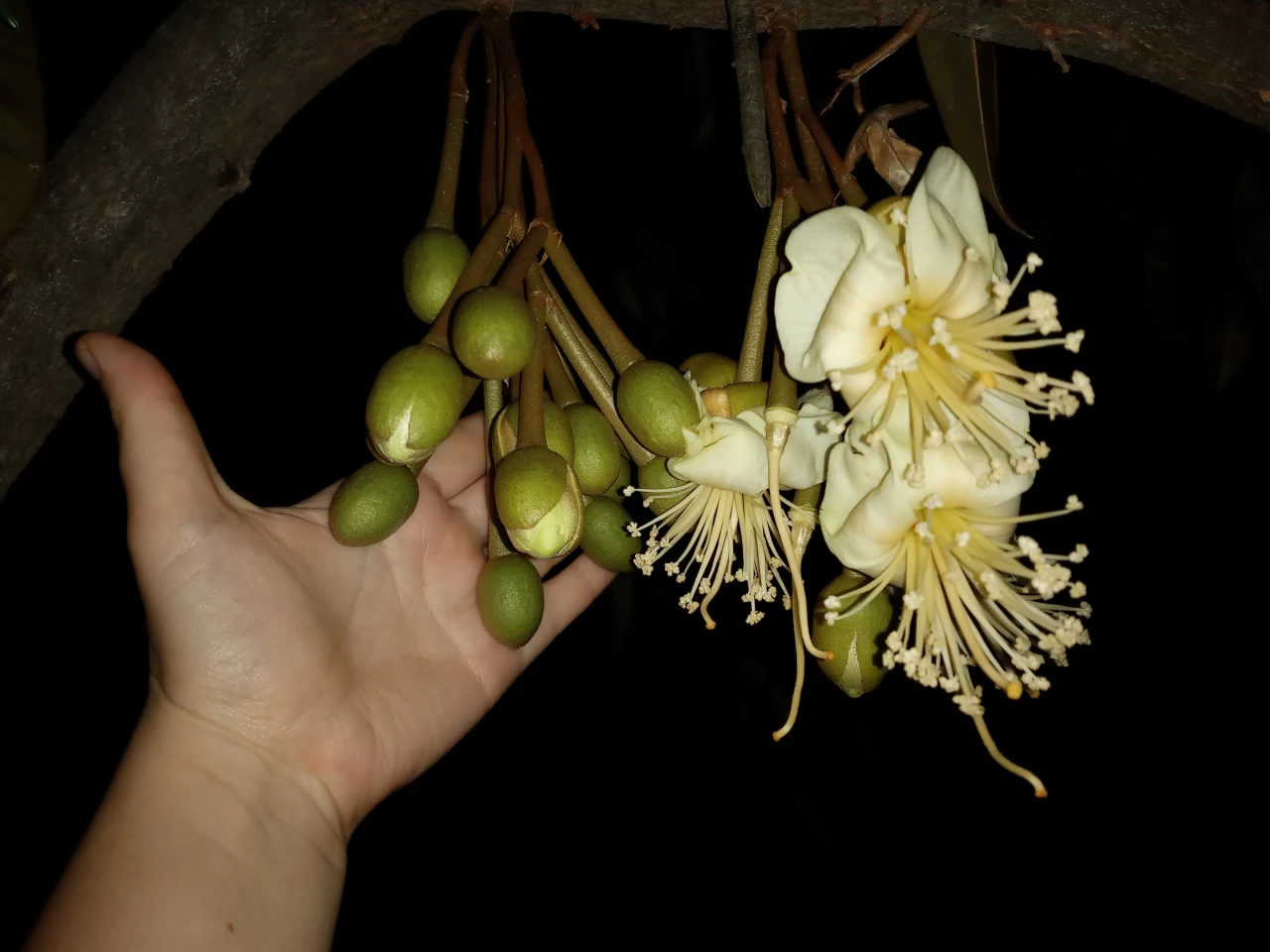
3. Tumpak Sewu Waterfall: One of East Java’s most spectacular waterfalls.
4. Madakaripura Waterfall, hidden within a narrow canyon in East Java, is a majestic 200-meter cascade revered as the legendary meditation site of Gajah Mada, offering a breathtaking blend of spiritual significance and natural wonder.
5. Magetan - Tawangmangu - Karanganyar: Nestled along the slopes of Mount Lawu, this highland route offers a blend of natural beauty and cultural heritage. Highlights include the serene Sarangan Lake, the panoramic Genilangit Park with its crisp mountain air and spring-fed pools, and the ancient Hindu temples of Candi Sukuh and Candi Cetho. Entrance fees start at just IDR 10,000, offering exceptional value for an immersive experience.
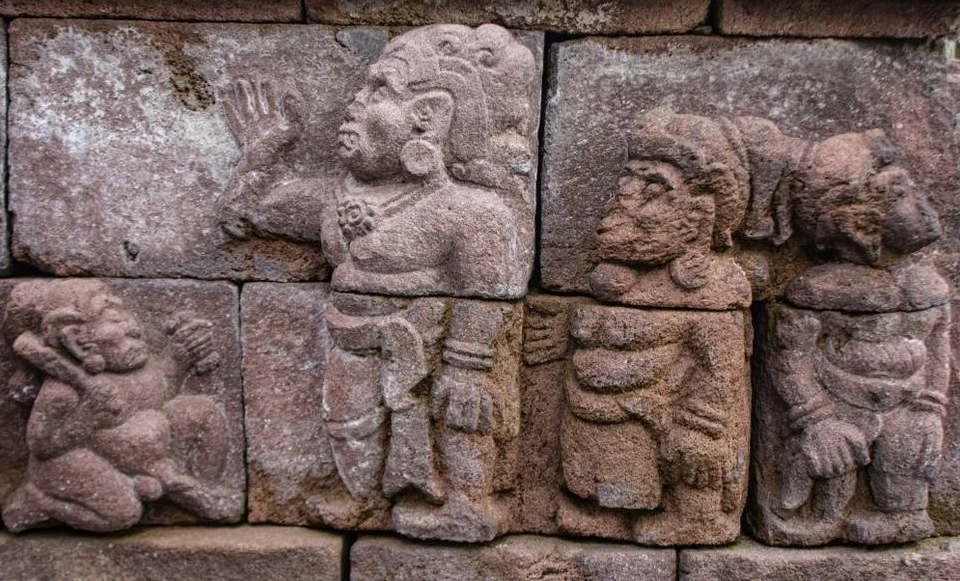
6. Magelang: A haven for agritourism with nurseries exporting tropical fruit plants nationwide.
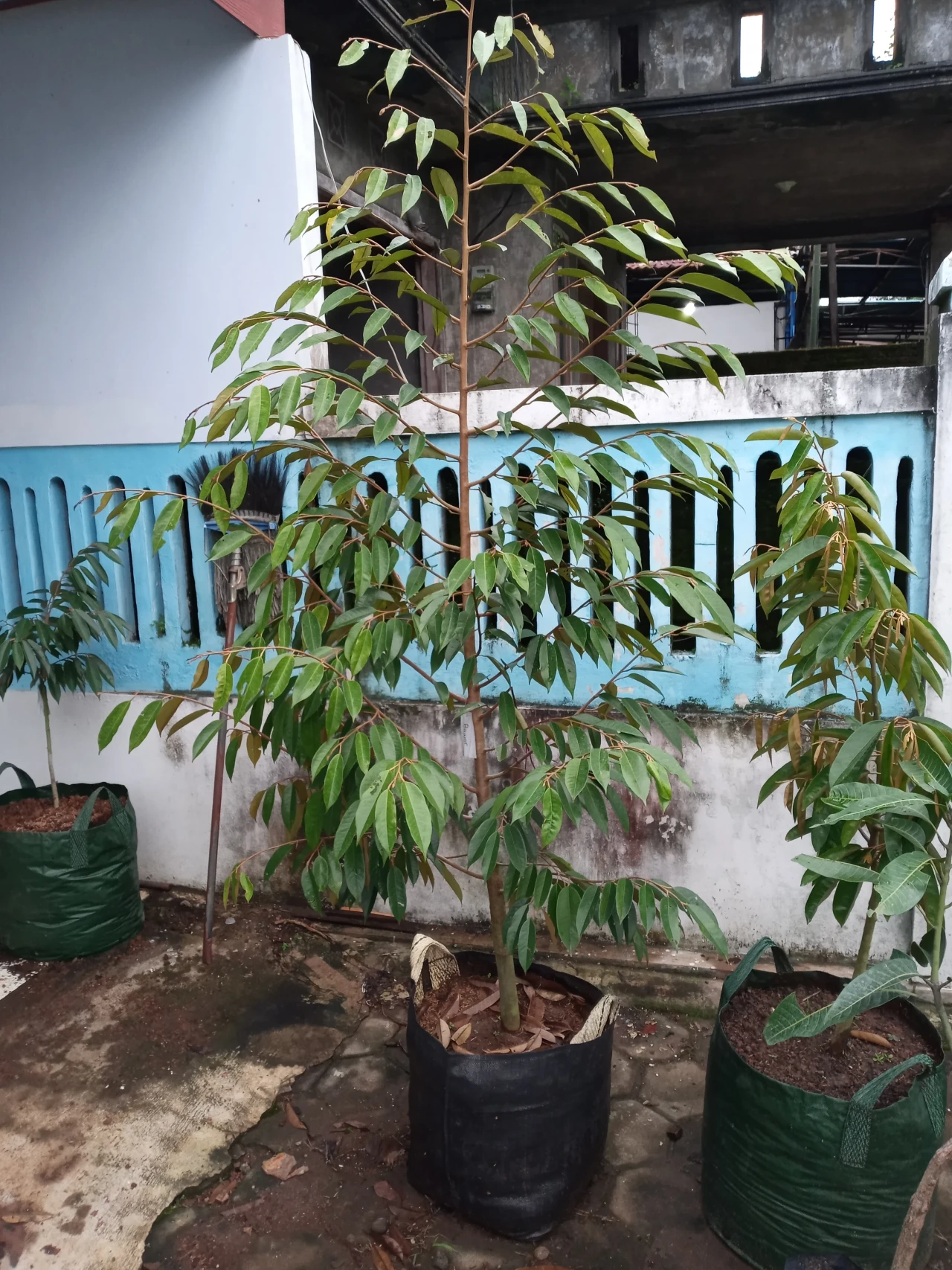
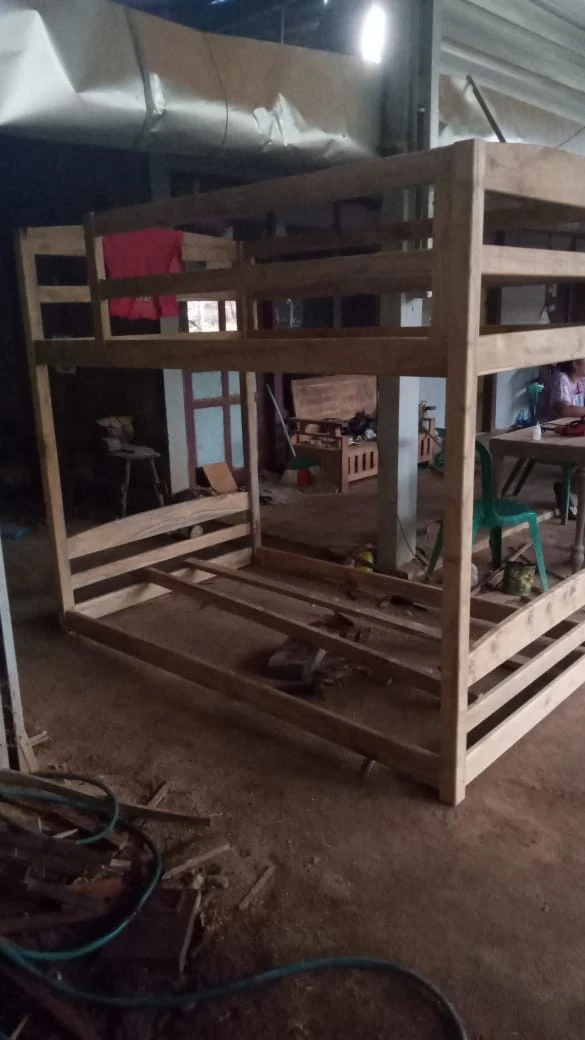

8. Mount Merapi and Mount Merbabu: See several museums displaying the aftermath of volcanic eruptions, and take an off-road trekking adventure near the Merapi crater.
10. Gunung Halimun Salak National Park: Famous for its steaming crater at Kawah Ratu.
11. Jember: An emerging tourist destination in East Java with pristine natural beauty.
Java is so diverse and captivating that you could spend a lifetime exploring it.
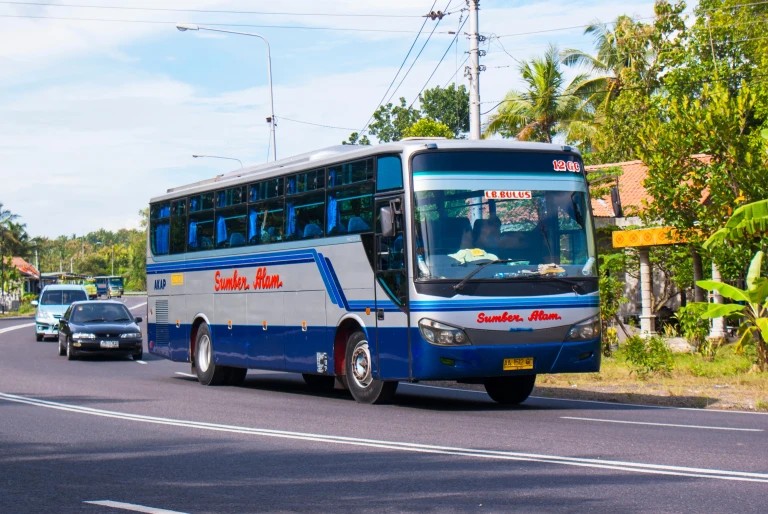
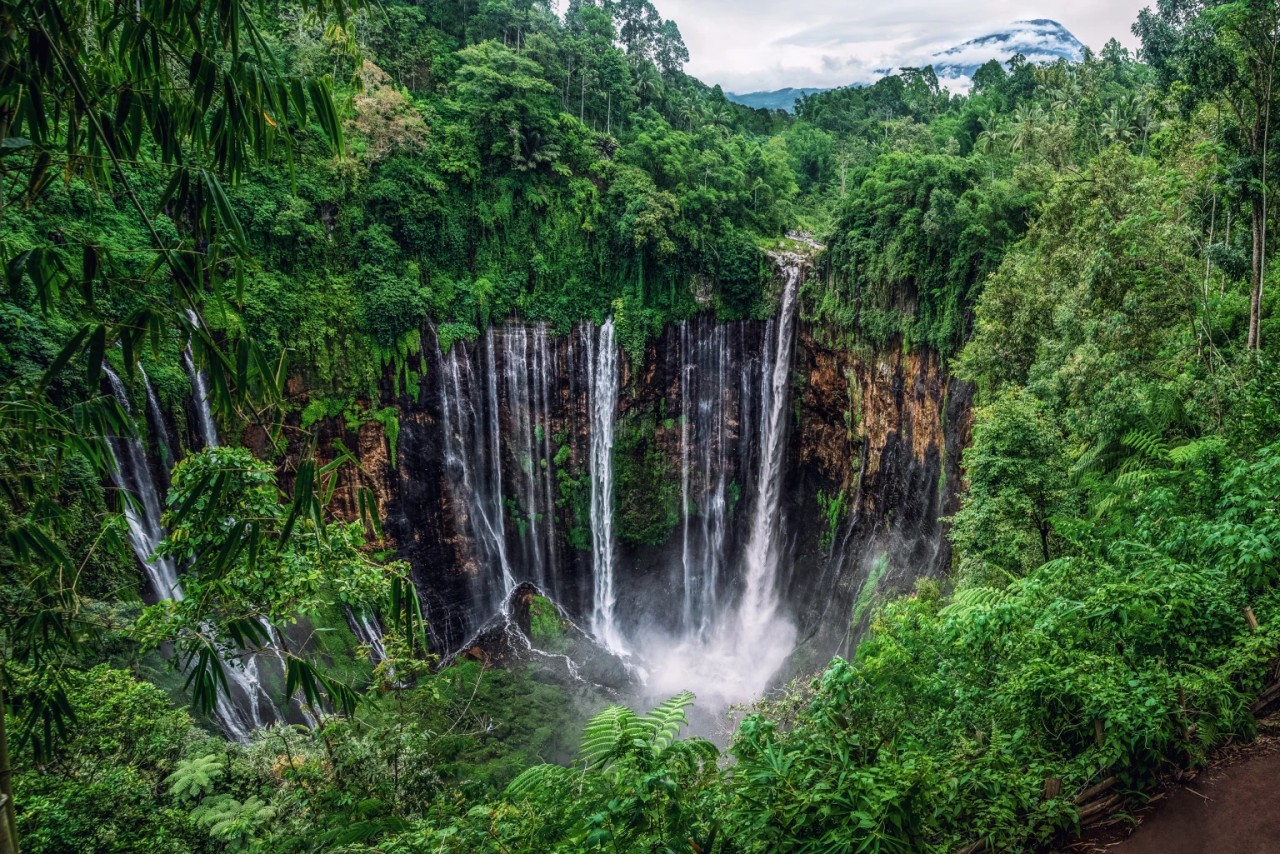
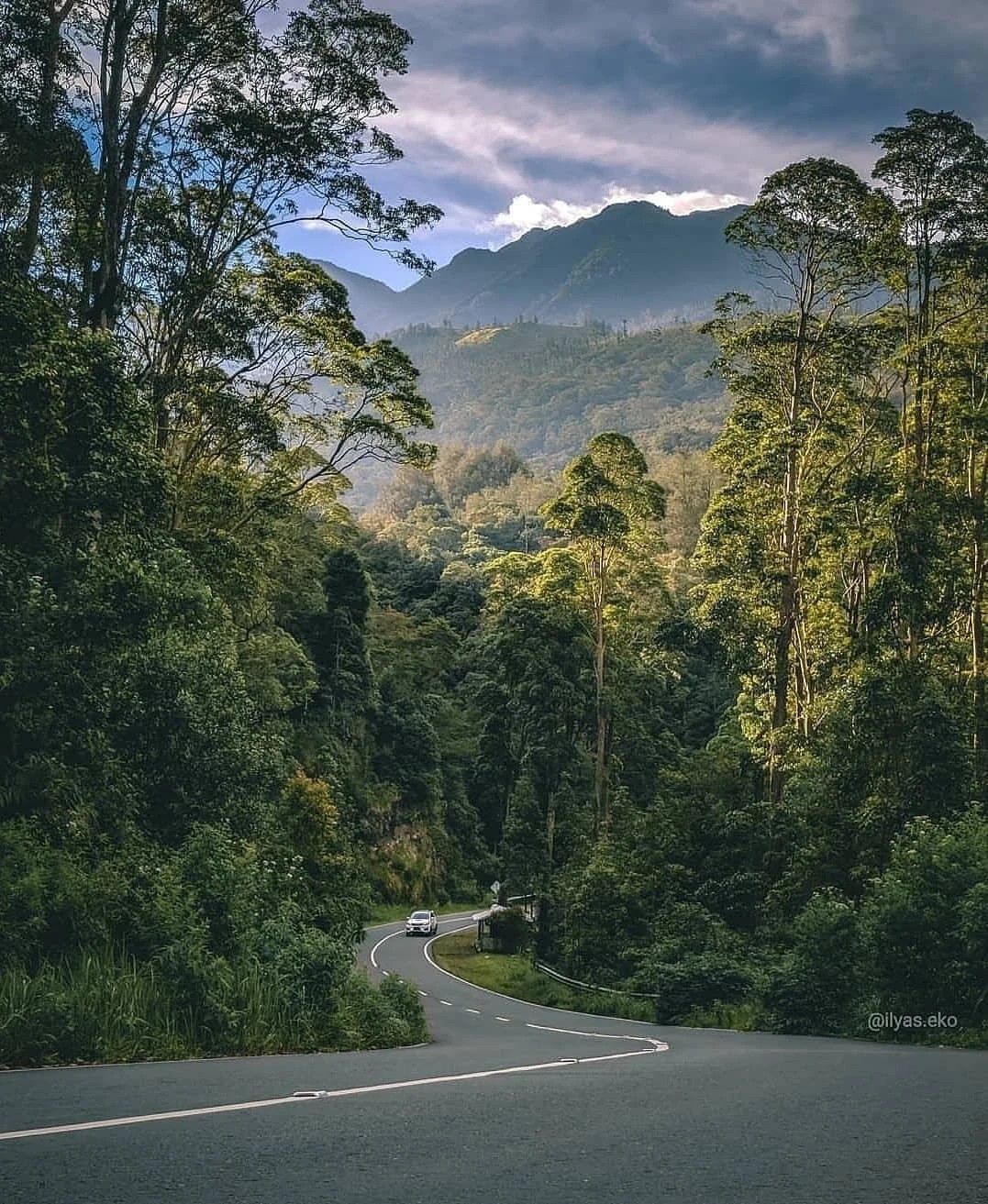
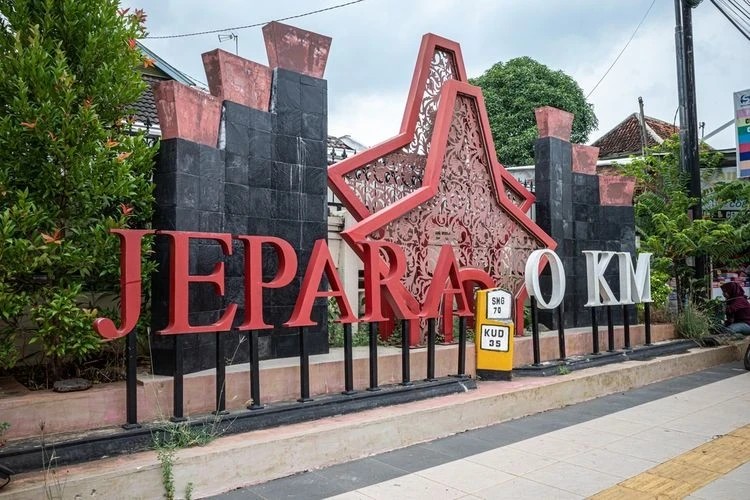
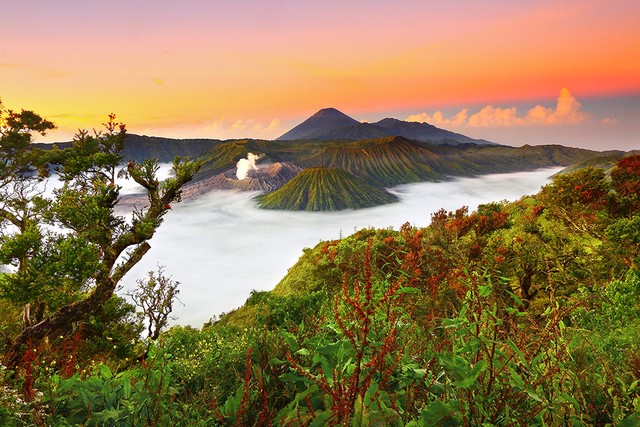
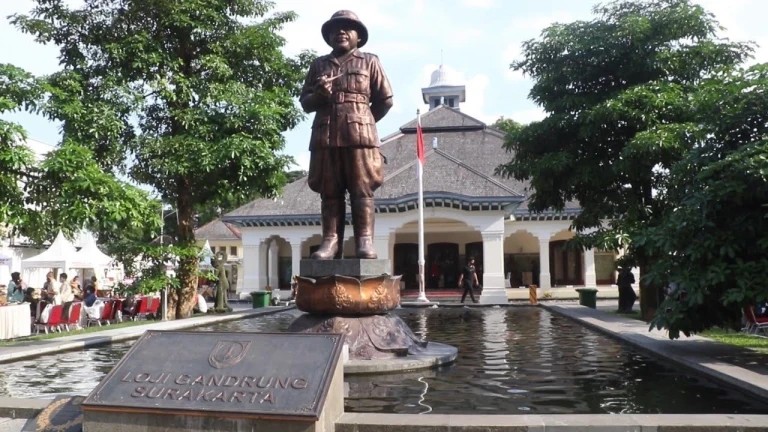
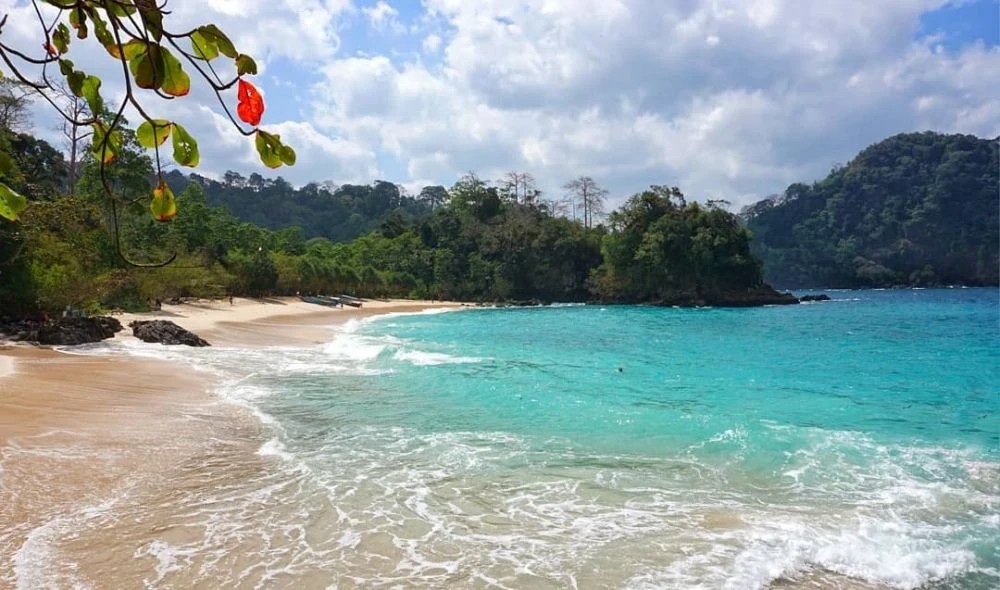
https://kcic.co.id/proyek/tiketwhoosh/